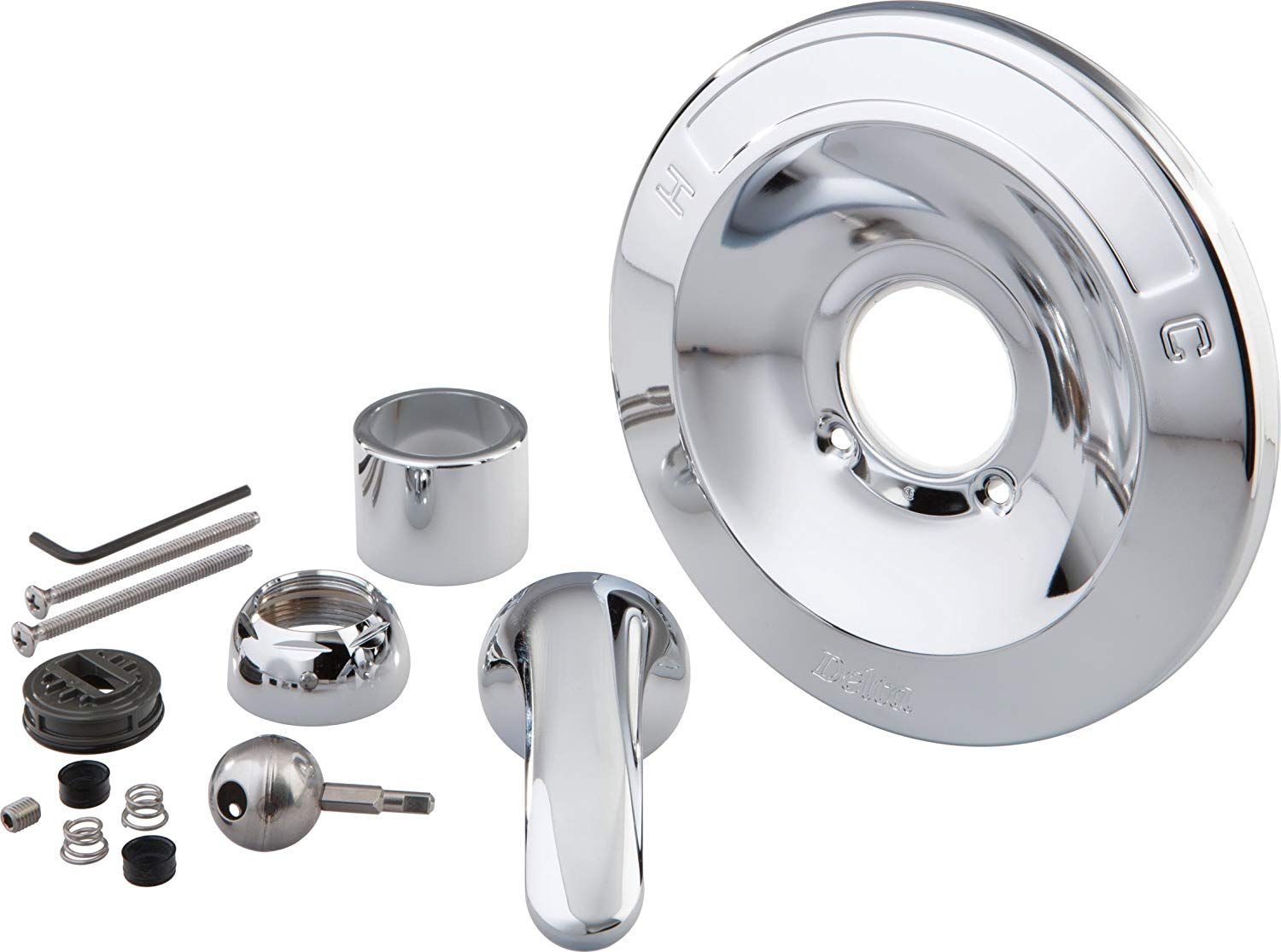

Articles
How To Change A Single Handle Shower Faucet
Modified: January 6, 2024
Looking for step-by-step articles on how to change a single handle shower faucet? Discover easy DIY tips and tricks in our comprehensive guide.
(Many of the links in this article redirect to a specific reviewed product. Your purchase of these products through affiliate links helps to generate commission for Storables.com, at no extra cost. Learn more)
Introduction
Changing a single handle shower faucet can seem like a daunting task, but with the right tools and guidance, it can be a straightforward process. Whether you’re looking to update your bathroom or fix a leaky faucet, replacing the single handle shower faucet is a skill that any DIY enthusiast can learn. In this article, we will outline the step-by-step process of how to change a single handle shower faucet, providing you with the necessary knowledge to tackle this project with confidence.
Before we dive into the details, it’s important to note that the specific steps may vary slightly depending on the make and model of your shower faucet. It’s always a good idea to consult the manufacturer’s instructions or seek professional guidance if you’re unsure about any part of the process. With that said, let’s get started!
Key Takeaways:
- Changing a single handle shower faucet is a manageable DIY project with the right tools and guidance. Remember to gather necessary materials, turn off the water supply, and test for leaks to ensure a successful replacement.
- Take your time and exercise caution when disassembling, disconnecting, and installing the new cartridge or valve stem. Testing the faucet and checking for leaks is crucial for a well-functioning shower faucet.
Read more: How To Change Shower Faucet Handles
Step 1: Gather the necessary tools and materials
Before starting the process of changing a single handle shower faucet, it’s essential to gather all the necessary tools and materials. By having everything ready, you’ll be able to work efficiently and avoid any unnecessary interruptions. Here’s a list of items you’ll need:
- Adjustable wrench
- Phillips-head screwdriver
- Hex key or Allen wrench
- Plumber’s tape
- New faucet cartridge or valve stem
- Bucket or towel
Having these tools and materials on hand will ensure that you have everything you need to successfully complete the task. It’s a good idea to check the specific requirements for your shower faucet, as different models may have different components or additional tools needed.
Once you have all the necessary tools and materials, you’re ready to move on to the next step.
Step 2: Turn off the water supply
Before you begin the process of changing a single handle shower faucet, it’s crucial to turn off the water supply to the shower. This will prevent any water from flowing while you work, making the process cleaner and reducing the risk of any accidents.
To turn off the water supply, locate the main water shut-off valve for your house. This valve is usually located in the basement, near the water meter, or outside your house. Turn the valve clockwise until it is completely closed. This will stop the flow of water to your entire house, including the shower.
Alternatively, some shower faucets may have individual shut-off valves located in the access panel on the wall behind the shower. If your shower has these valves, you can simply turn them clockwise to shut off the water supply to the shower.
After you’ve turned off the water supply, relieve any residual pressure by turning on the shower faucet and allowing the remaining water to drain out. You can place a towel or bucket beneath the faucet to catch any water that comes out.
With the water supply now turned off, you can proceed to the next step of removing the handle and trim plate.
Step 3: Remove the handle and trim plate
With the water supply turned off, it’s time to remove the handle and trim plate of the single handle shower faucet. Follow these steps to accomplish this:
- Locate the screw cover or cap on the handle. It is usually found on the base of the handle or near the temperature control.
- Use a flathead screwdriver or your fingers to remove the screw cover. Set it aside in a safe place.
- Once the screw cover is removed, you will see the screw that holds the handle in place. Use a Phillips-head screwdriver to loosen and remove this screw.
- Place a cloth or towel over the drain to prevent any small parts from falling into it.
- Gently pull the handle away from the wall to detach it from the faucet body.
- Next, locate the trim plate that surrounds the handle. This plate covers the access to the cartridge or valve stem.
- Depending on the type of trim plate, you may need to unscrew it using a screwdriver or remove any clips or fasteners securing it.
- Once the trim plate is detached, set it aside.
By following these steps, you will successfully remove the handle and trim plate, exposing the inner components of the single handle shower faucet. This will allow you to proceed with the next steps of disconnecting the cartridge or valve stem.
Step 4: Disconnect the cartridge or valve stem
Now that you have removed the handle and trim plate, you can proceed to disconnect the cartridge or valve stem of the single handle shower faucet. Here’s how to do it:
- Locate the cartridge or valve stem, which is the component responsible for controlling the flow of water.
- Depending on the make and model of your shower faucet, you may need to use an adjustable wrench, pliers, or a specific tool provided by the manufacturer to disconnect the cartridge or valve stem.
- Carefully loosen and remove any nuts, screws, or retaining clips securing the cartridge or valve stem in place.
- Gently pull the cartridge or valve stem straight out of the faucet body. Be cautious not to damage any other parts as you remove it.
If the cartridge or valve stem is stuck or difficult to remove, you can apply a lubricant, such as a silicone-based grease, to help loosen it. Allow the lubricant to penetrate for a few minutes before attempting to remove it again.
Once you have successfully disconnected the old cartridge or valve stem, inspect it for any signs of damage, wear, or corrosion. If necessary, take note of the make and model of the cartridge or valve stem to ensure you purchase the correct replacement.
With the old cartridge or valve stem removed, you’re now ready to install the new one in the next step.
Before starting, turn off the water supply to the shower. Use a screwdriver to remove the handle and trim plate. Then, use an adjustable wrench to remove the cartridge and replace it with a new one. Finally, reassemble the faucet and turn the water supply back on.
Step 5: Install the new cartridge or valve stem
With the old cartridge or valve stem removed, it’s time to install the new one in your single handle shower faucet. Follow these steps to ensure a successful installation:
- Take the new cartridge or valve stem and align it with the opening in the faucet body. Make sure it is properly oriented, following any markings or instructions provided by the manufacturer.
- Gently push the new cartridge or valve stem into the faucet body, ensuring a snug fit. Be careful not to force it, as this could cause damage.
- If there are any nuts, screws, or retaining clips that came with the new cartridge or valve stem, securely fasten them to hold it in place.
- Refer to the manufacturer’s instructions for any additional steps specific to your shower faucet model. Some faucets may require the installation of additional components or O-rings.
It’s important to ensure that the new cartridge or valve stem is properly installed and functions correctly before proceeding to the next step. Take the time to test the handle’s movement and water flow to confirm everything is working as intended.
If you encounter any difficulties during the installation process or notice any leaks or functionality issues, consult the manufacturer’s instructions or consider seeking professional assistance.
Once you’re confident that the new cartridge or valve stem is successfully installed, you can move on to reassembling the handle and trim plate in the next step.
Step 6: Reassemble the handle and trim plate
Now that the new cartridge or valve stem is installed, it’s time to reassemble the handle and trim plate of your single handle shower faucet. Follow these steps to complete the reassembly:
- Take the trim plate and align it with the opening in the wall. Ensure that it lines up properly and covers the access to the cartridge or valve stem.
- Secure the trim plate in place using the screws, clips, or fasteners that were removed during the disassembly process. Tighten them firmly but avoid over-tightening, as it may damage the trim plate or faucet body.
- Locate the handle and slide it back onto the faucet body. Ensure it fits snugly and aligns with the appropriate markings or indicators.
- Insert the screw that holds the handle in place and tighten it using a Phillips-head screwdriver.
- If your handle has a screw cover or cap, reattach it by pressing it into place or screwing it back on.
Once the handle and trim plate are securely reassembled, take a moment to double-check that everything is properly aligned and tightened. Ensure the handle moves smoothly and controls the water flow and temperature effectively.
Now that the handle and trim plate are back in place, you’re almost done with the process of changing your single handle shower faucet. The final step involves testing the faucet and checking for any potential leaks.
Step 7: Test the faucet and check for leaks
The final step in changing a single handle shower faucet is to test the faucet and check for potential leaks. Follow these steps to ensure that everything is working as it should:
- Turn on the water supply to the shower by opening the main water shut-off valve or the individual shut-off valves, if applicable.
- While testing the faucet, keep an eye out for any leaks around the handle, trim plate, or the area where the cartridge or valve stem is installed.
- Operate the handle to adjust the water flow and temperature. Pay attention to any unusual sounds or resistance, as well as any leaks that may occur during adjustments.
- If you notice any leaks, turn off the water supply and check the connections. Make sure all nuts, screws, or retaining clips are properly tightened. You may need to apply additional plumbers tape to create a better seal.
- Once you’re satisfied with the performance of the faucet and there are no leaks, clean up any excess water and ensure the area around the shower is dry.
Testing the faucet and checking for leaks is an essential step to ensure that your single handle shower faucet is functioning properly. If you continue to experience issues or significant leaks, it may be necessary to seek professional assistance.
Congratulations! You’ve successfully changed a single handle shower faucet. Enjoy the improved functionality and aesthetic appeal of your newly installed faucet.
Remember to keep the manufacturer’s instructions and record the model number of your faucet for future reference.
With the completion of this final step, your single handle shower faucet replacement process is complete. Ensure that all tools and materials are safely stored away.
Conclusion
Changing a single handle shower faucet may initially seem like a complex task, but with the right tools, materials, and step-by-step guidance, it can be a manageable project for any DIY enthusiast. By following the outlined steps, you can successfully replace your shower faucet and enjoy improved functionality and aesthetic appeal in your bathroom.
Remember to gather all the necessary tools and materials before starting the process. This will ensure a smooth workflow without any unnecessary interruptions. Additionally, it’s important to turn off the water supply and relieve any residual pressure to create a safe working environment.
Throughout the process, take your time and exercise caution to avoid damaging any components. Properly disassemble the handle and trim plate, disconnect the old cartridge or valve stem, and install the new one securely. Finally, reassemble the handle and trim plate, test the faucet, and check for leaks.
If you encounter any difficulties or are uncertain about any aspect of the process, consult the manufacturer’s instructions or consider seeking professional assistance. It’s always better to seek help if you’re unsure rather than risking further damage or potential safety hazards.
By completing these steps, you can successfully change a single handle shower faucet and enjoy a well-functioning, visually appealing shower in your bathroom. Remember to keep the manufacturer’s instructions and any records of your faucet model for future reference and maintenance.
Now, armed with the knowledge and skills acquired from this article, you’re ready to embark on your shower faucet replacement journey with confidence!
Frequently Asked Questions about How To Change A Single Handle Shower Faucet
Was this page helpful?
At Storables.com, we guarantee accurate and reliable information. Our content, validated by Expert Board Contributors, is crafted following stringent Editorial Policies. We're committed to providing you with well-researched, expert-backed insights for all your informational needs.
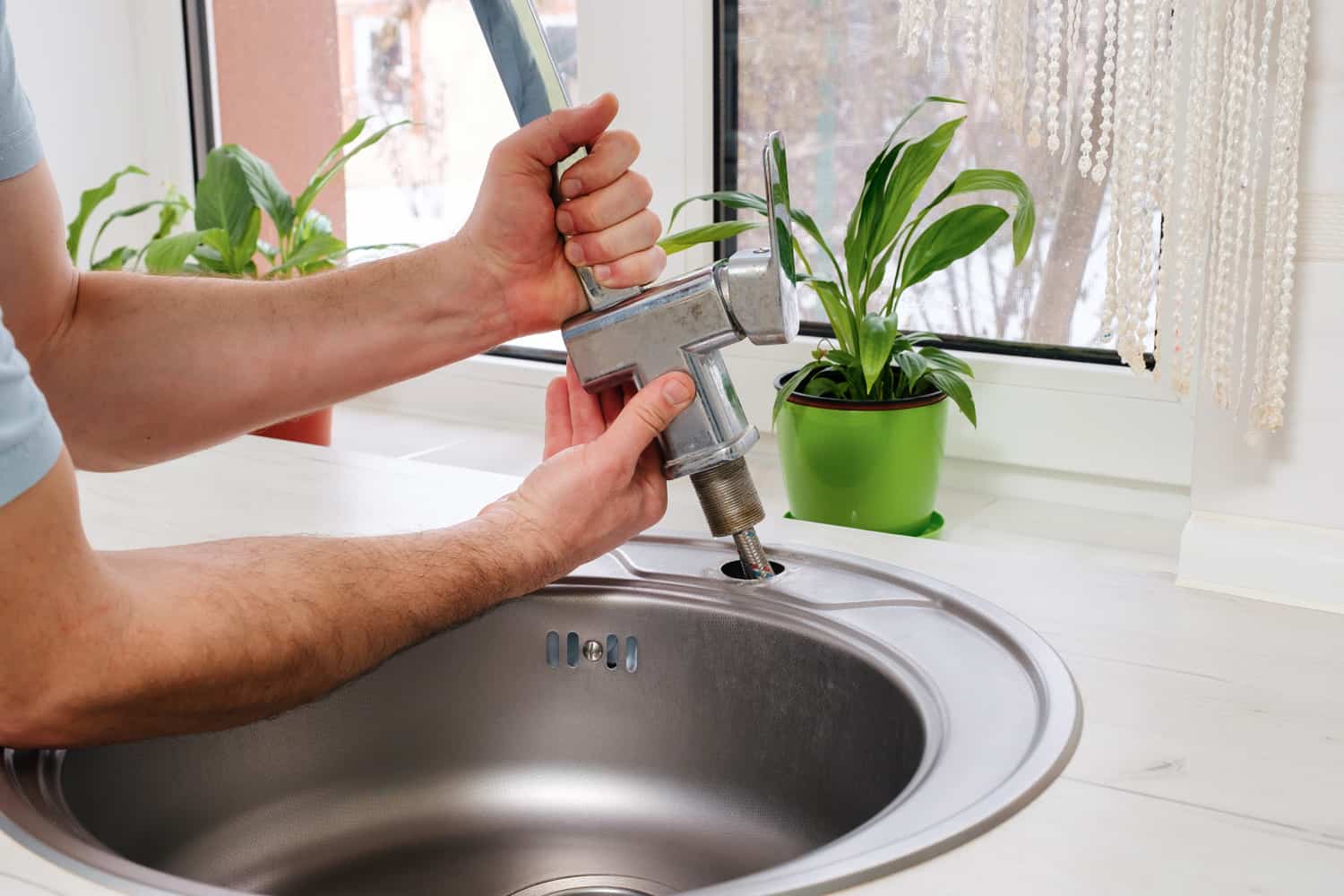
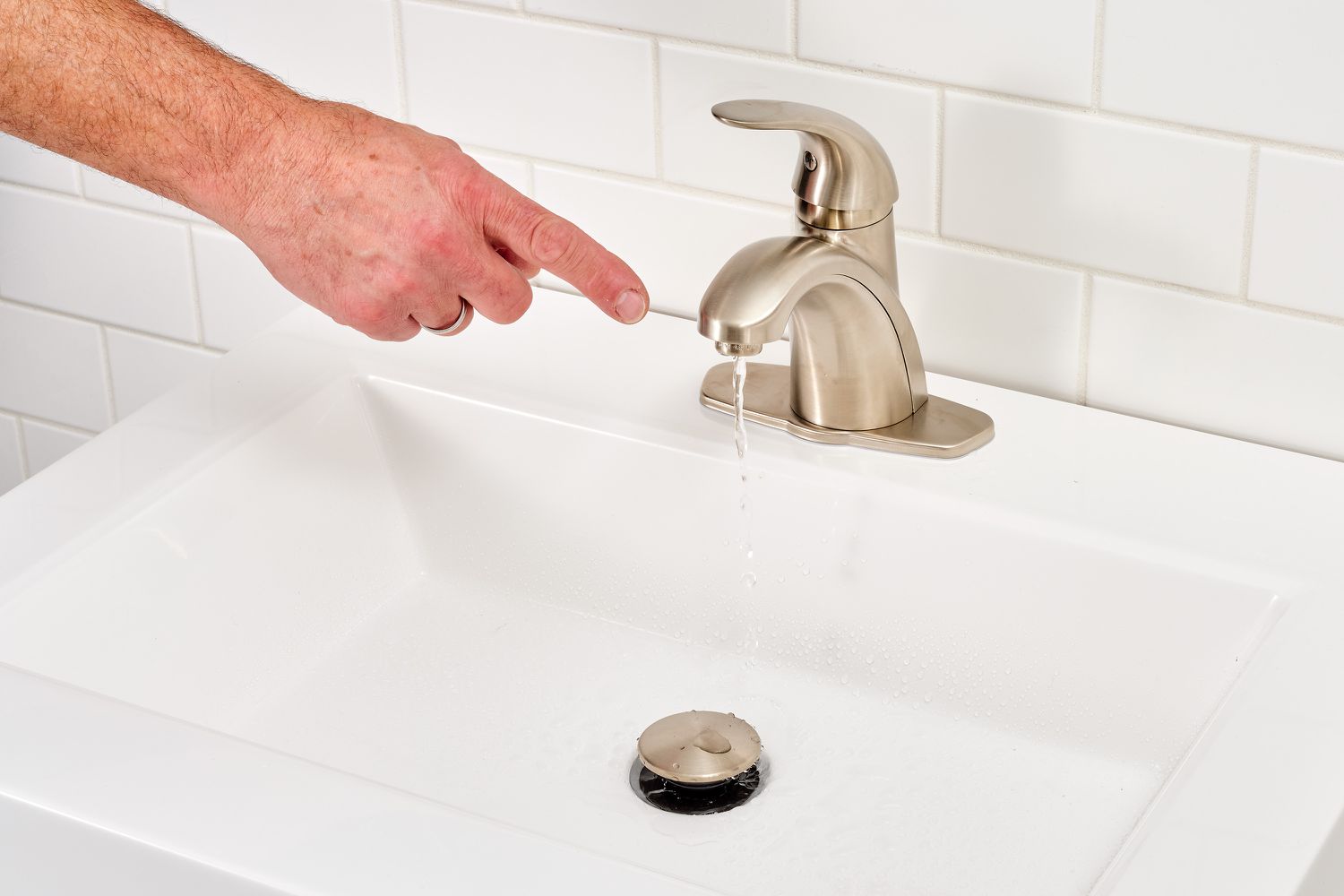
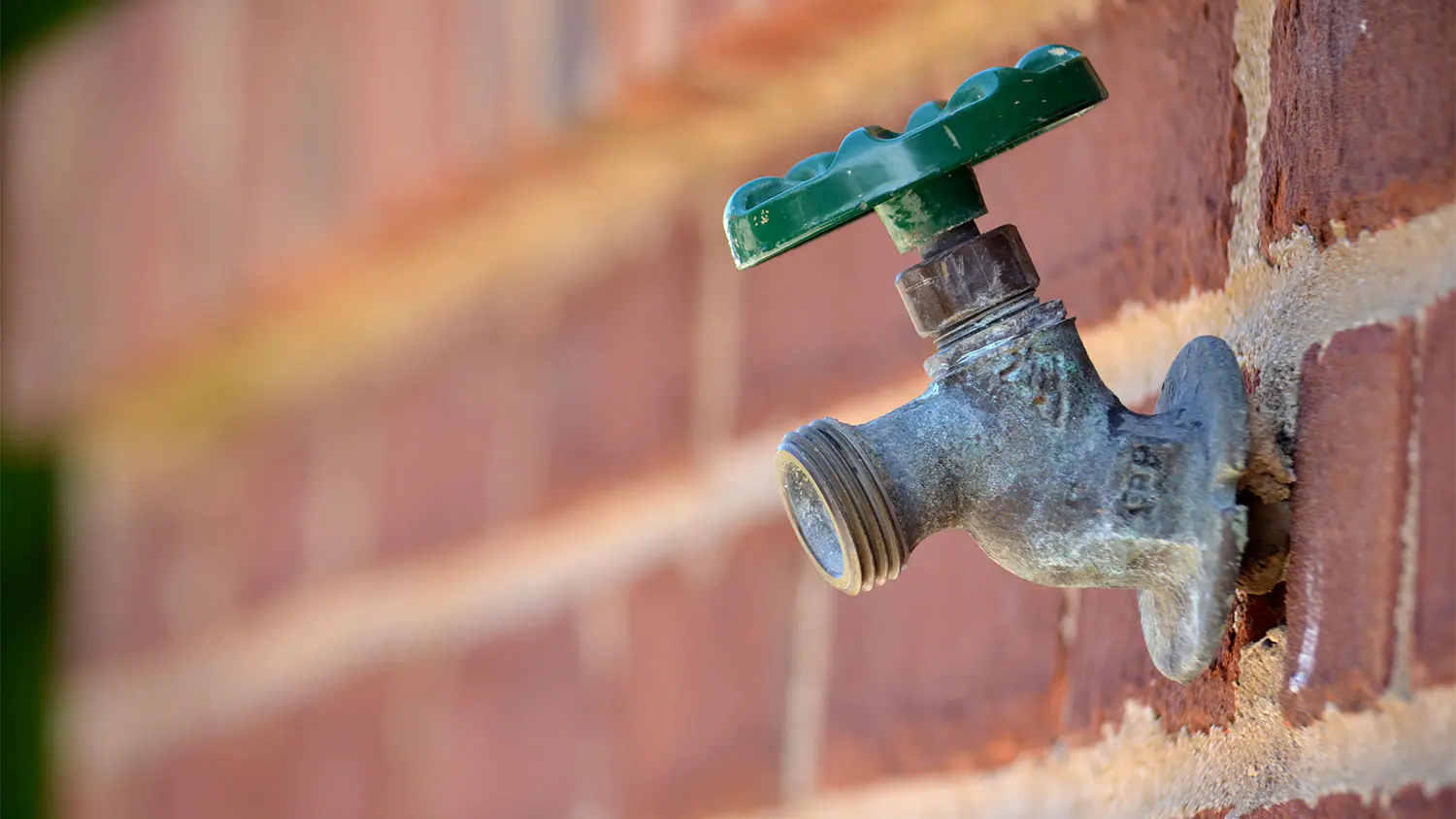
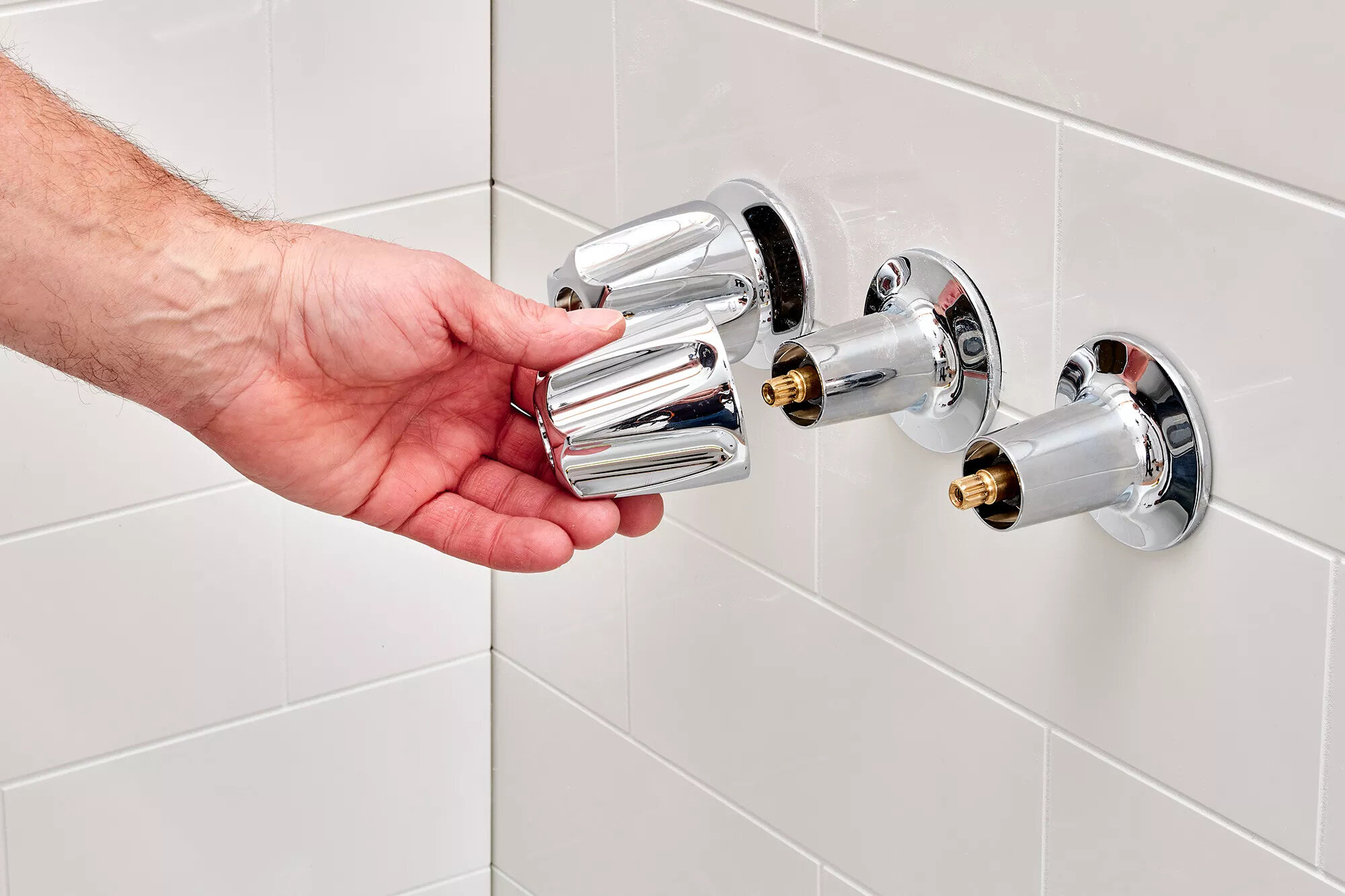
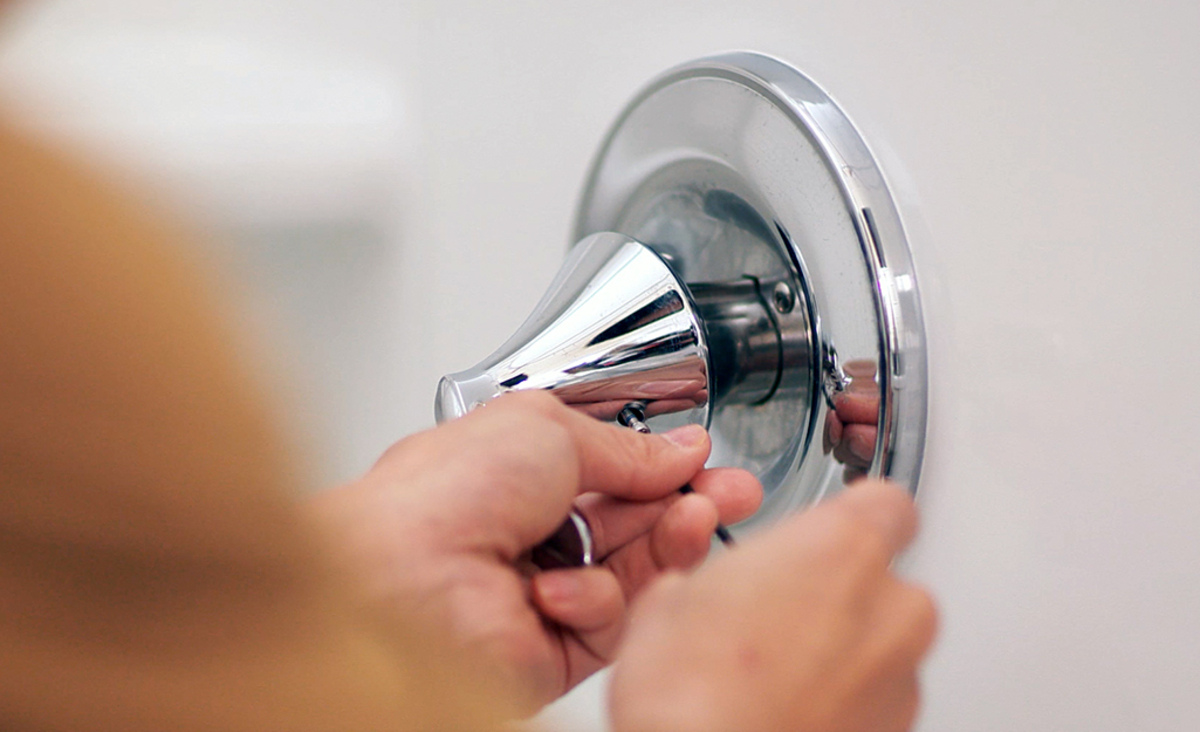
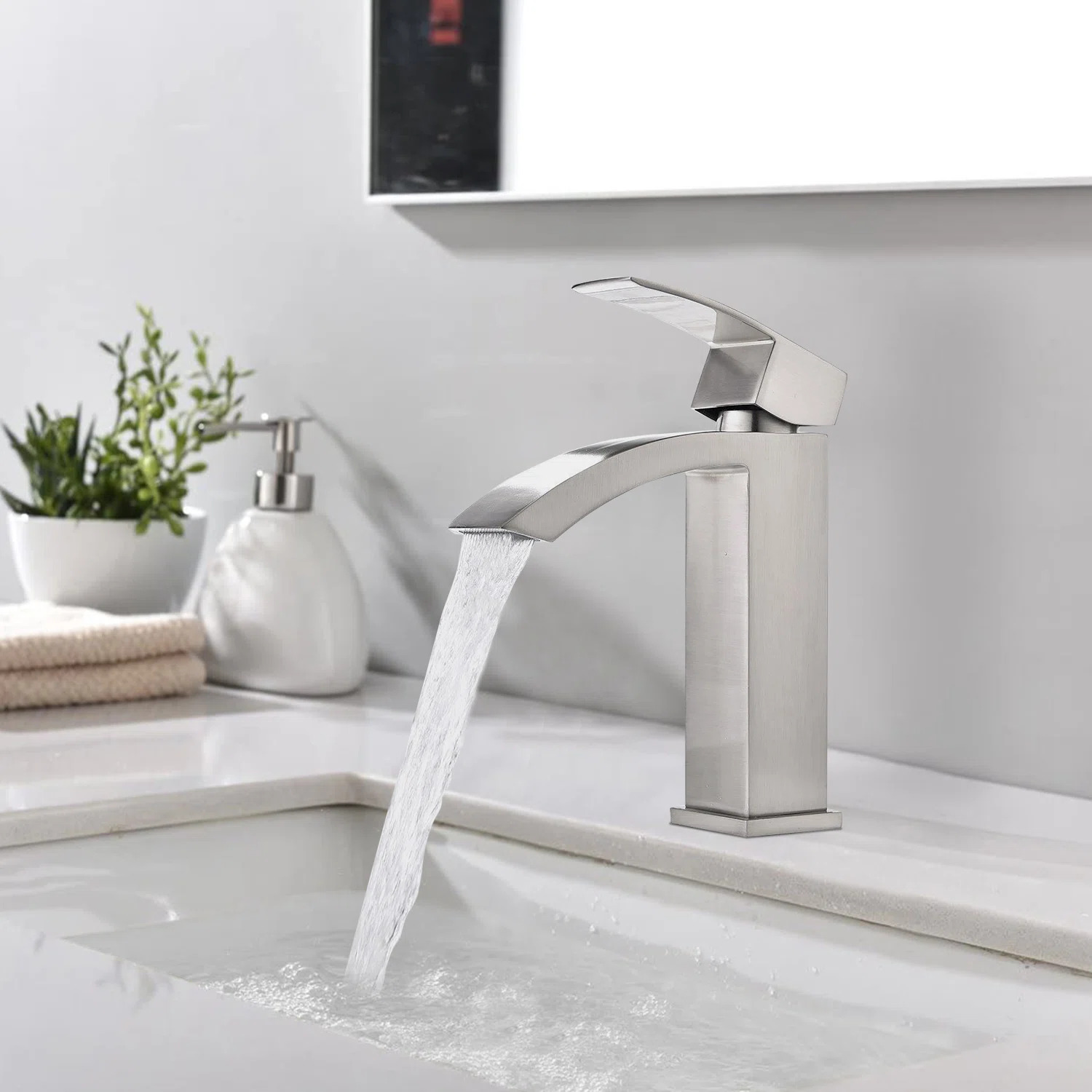
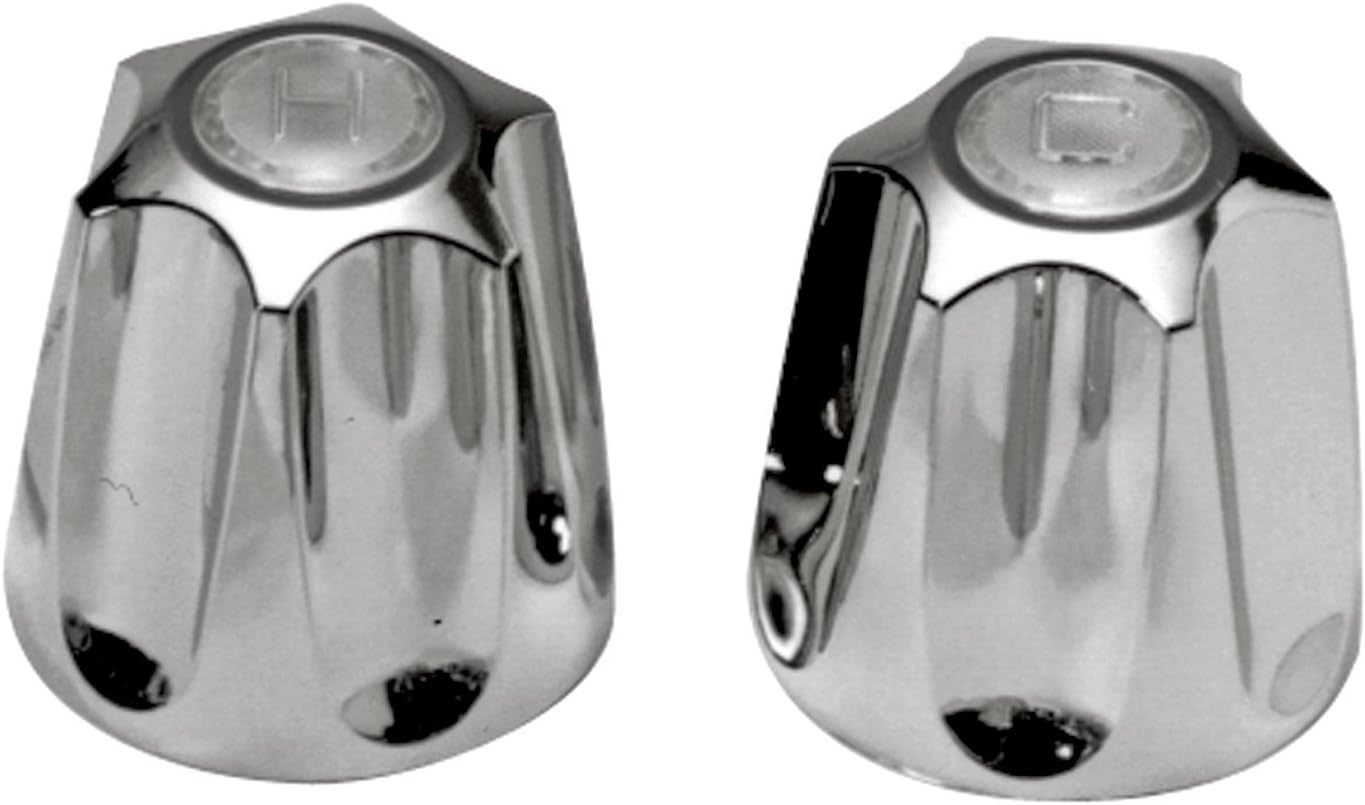
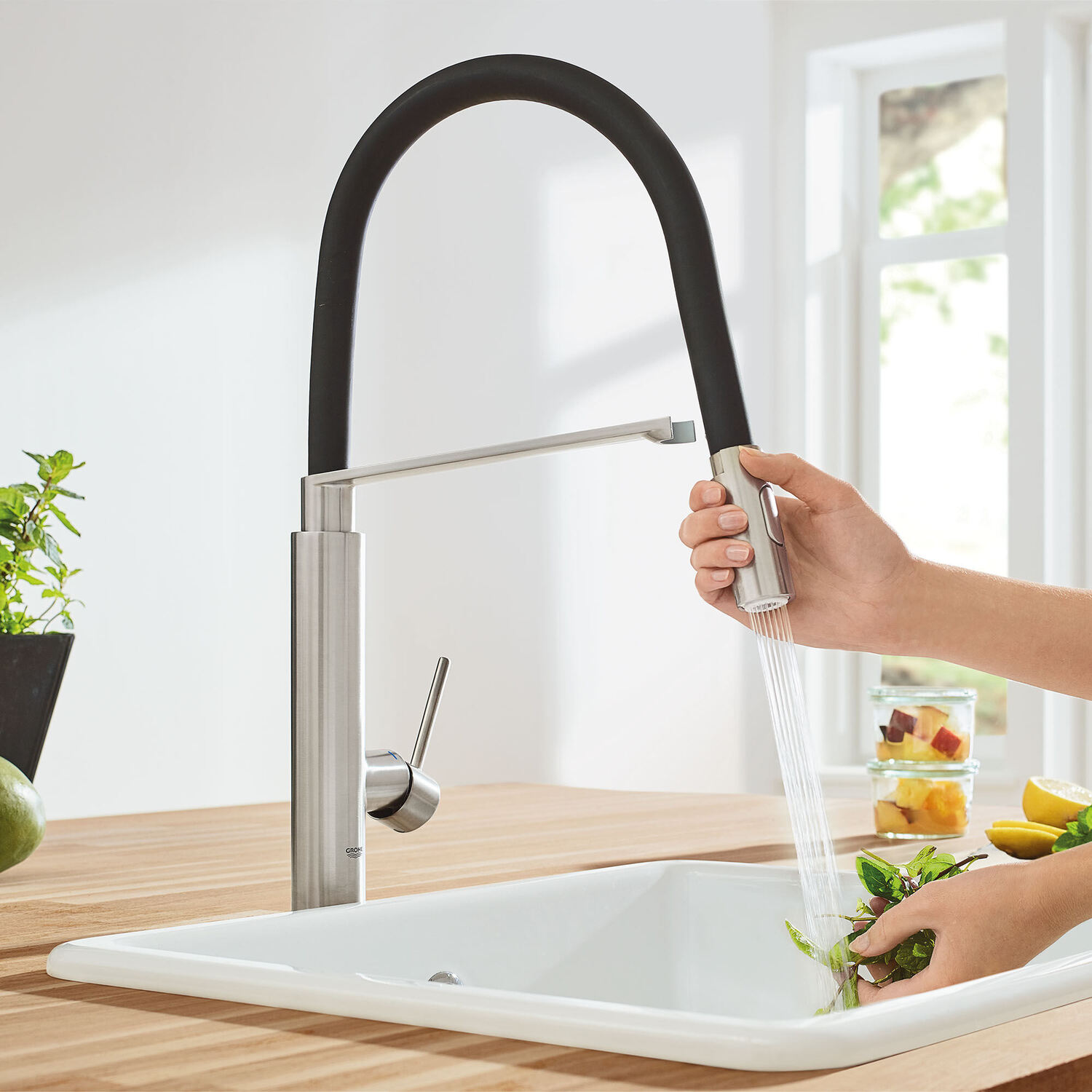
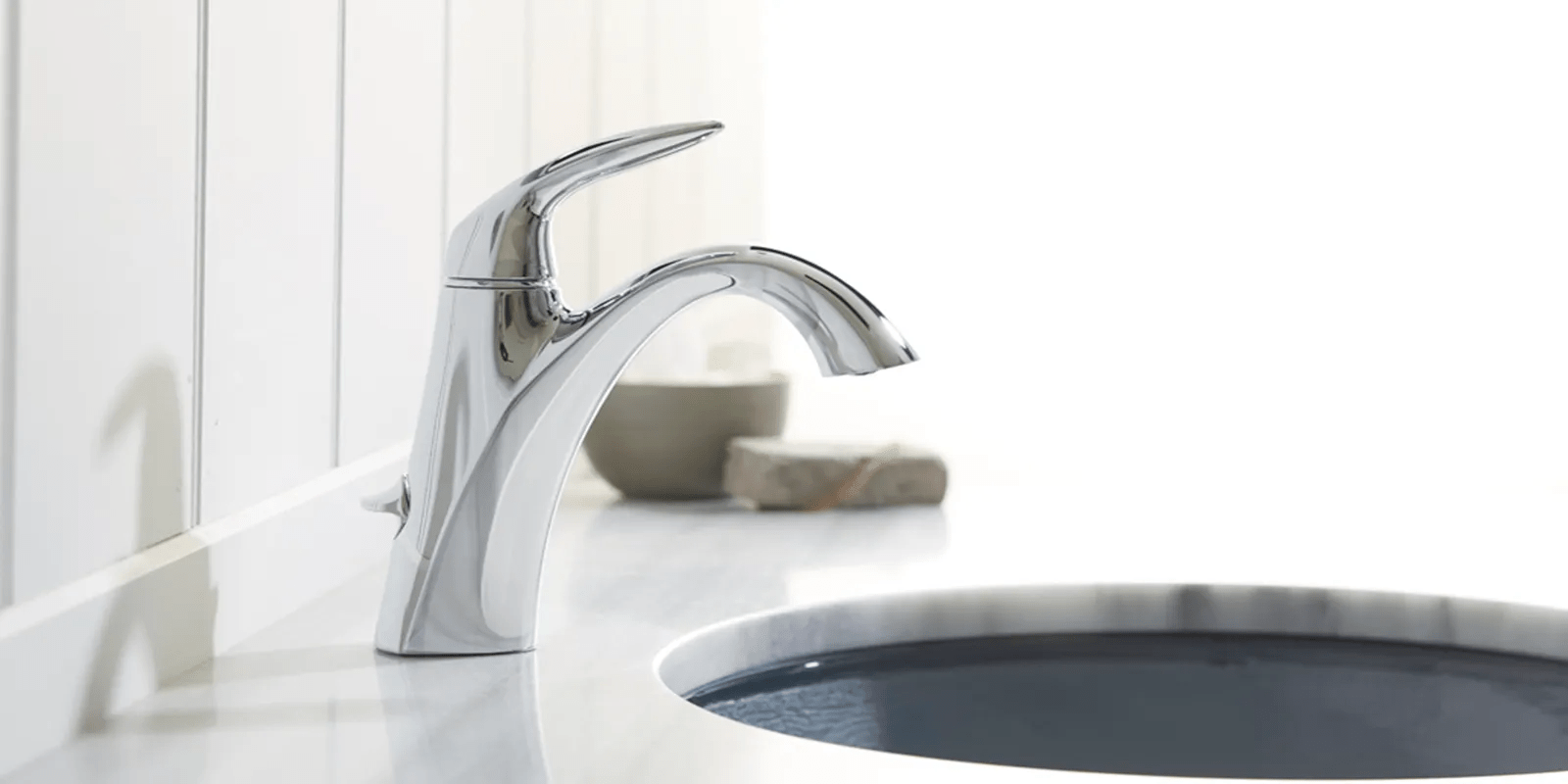
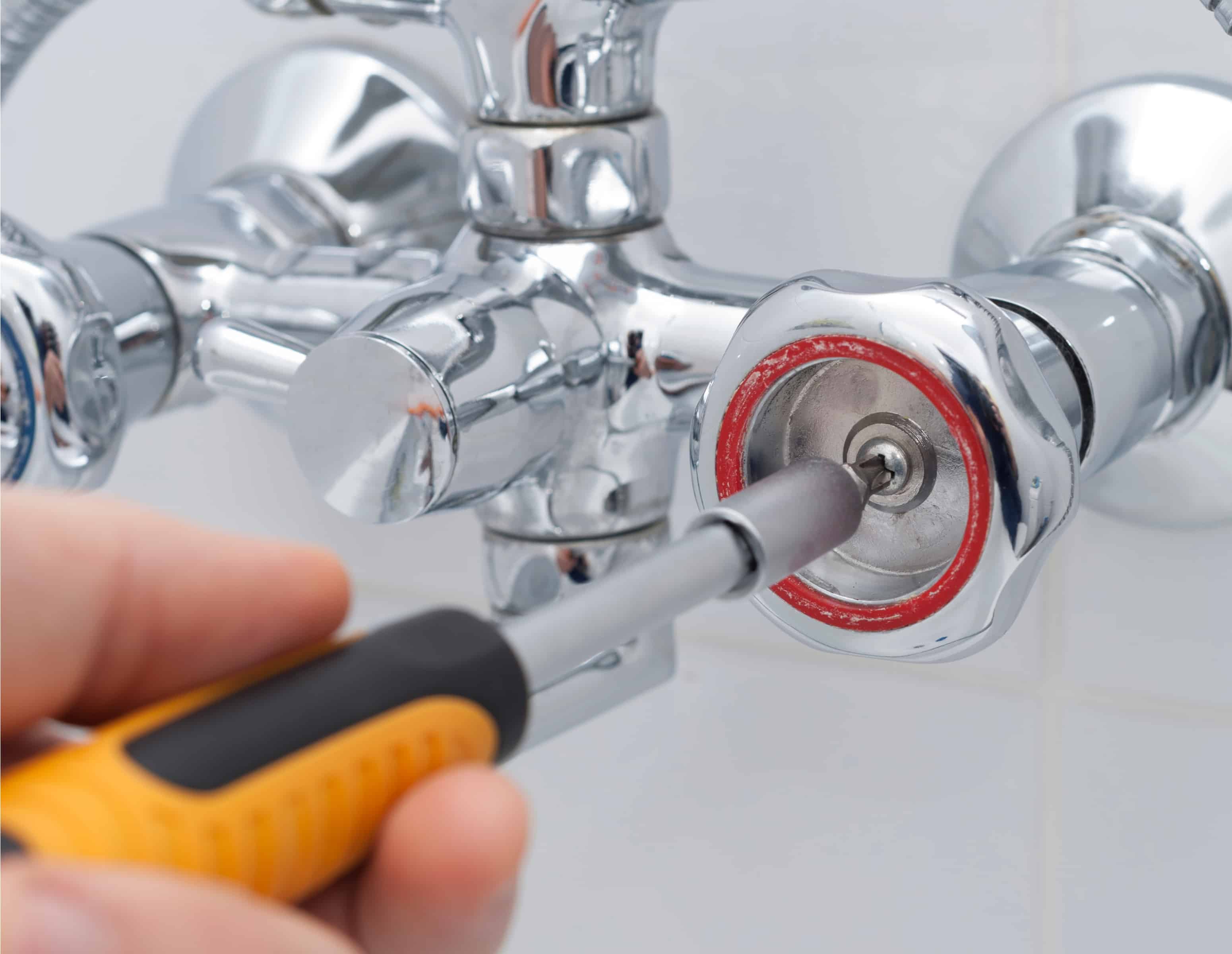
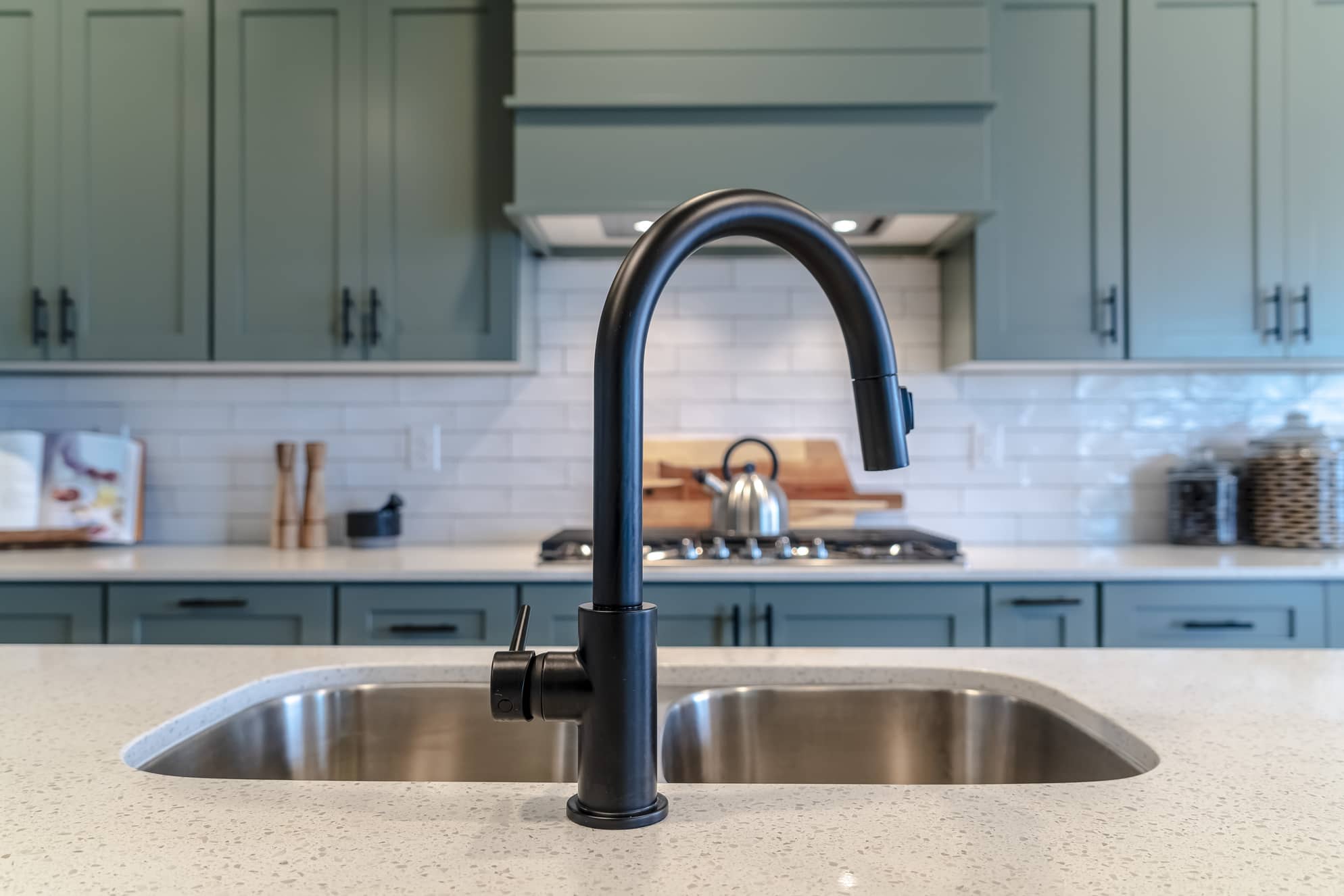
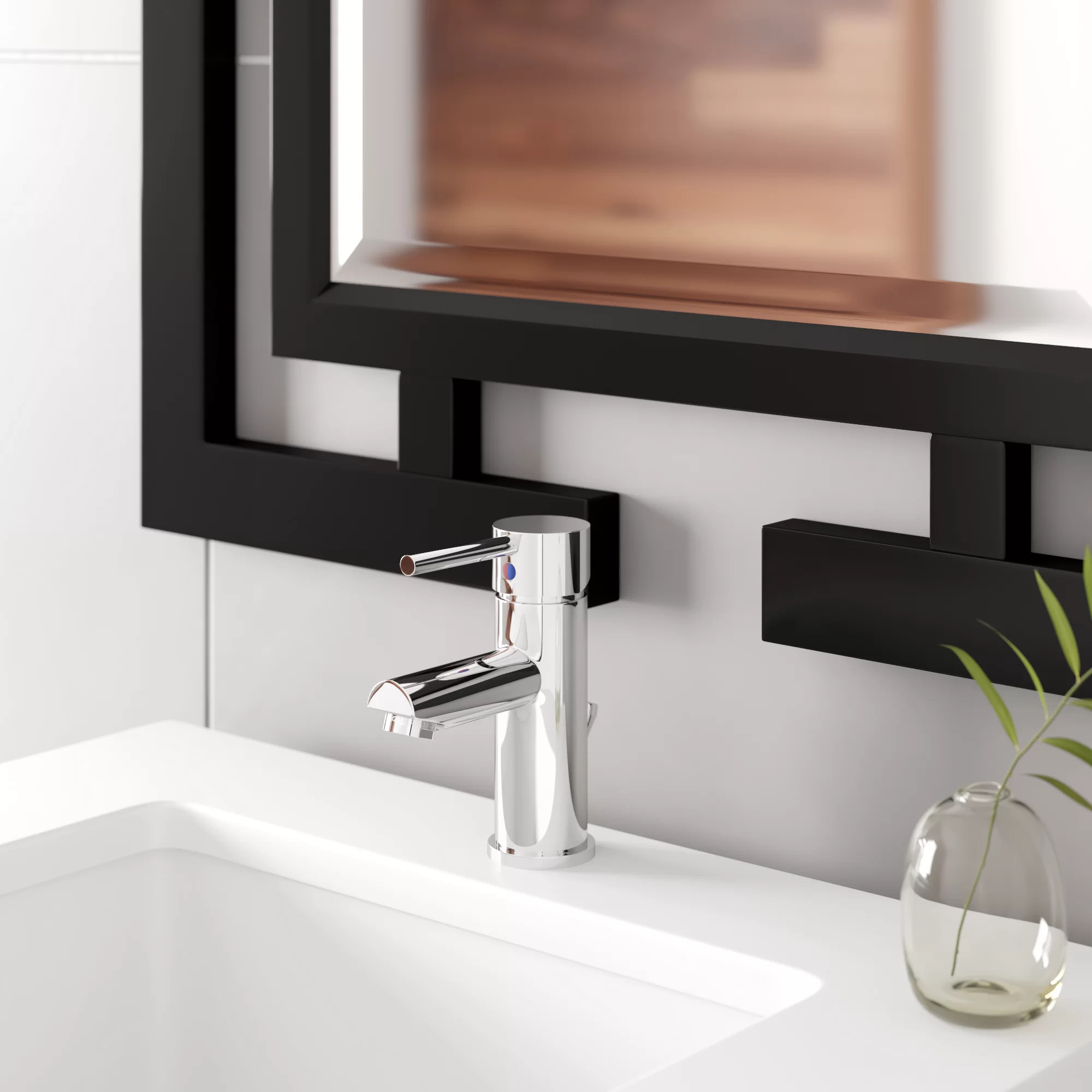
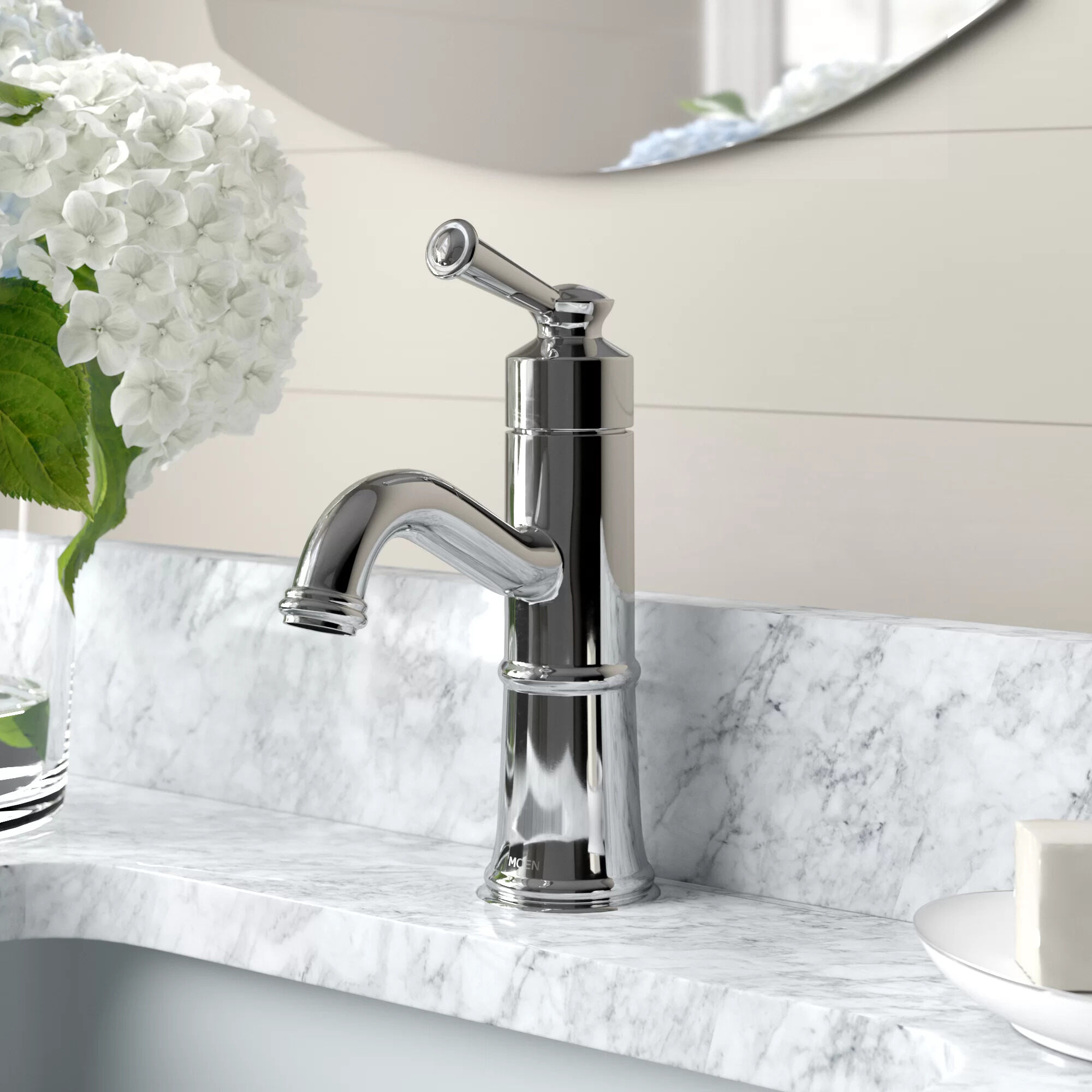
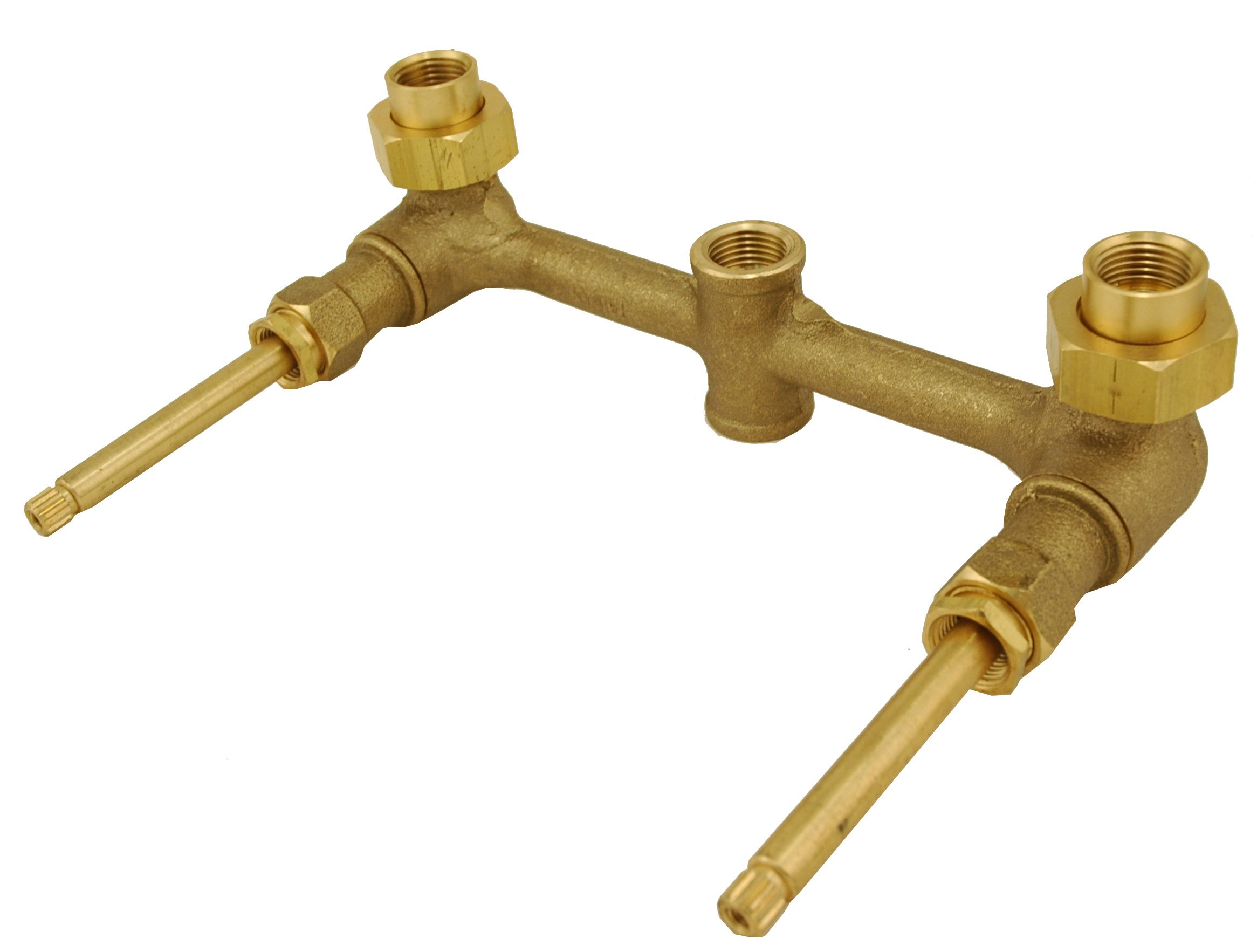

0 thoughts on “How To Change A Single Handle Shower Faucet”